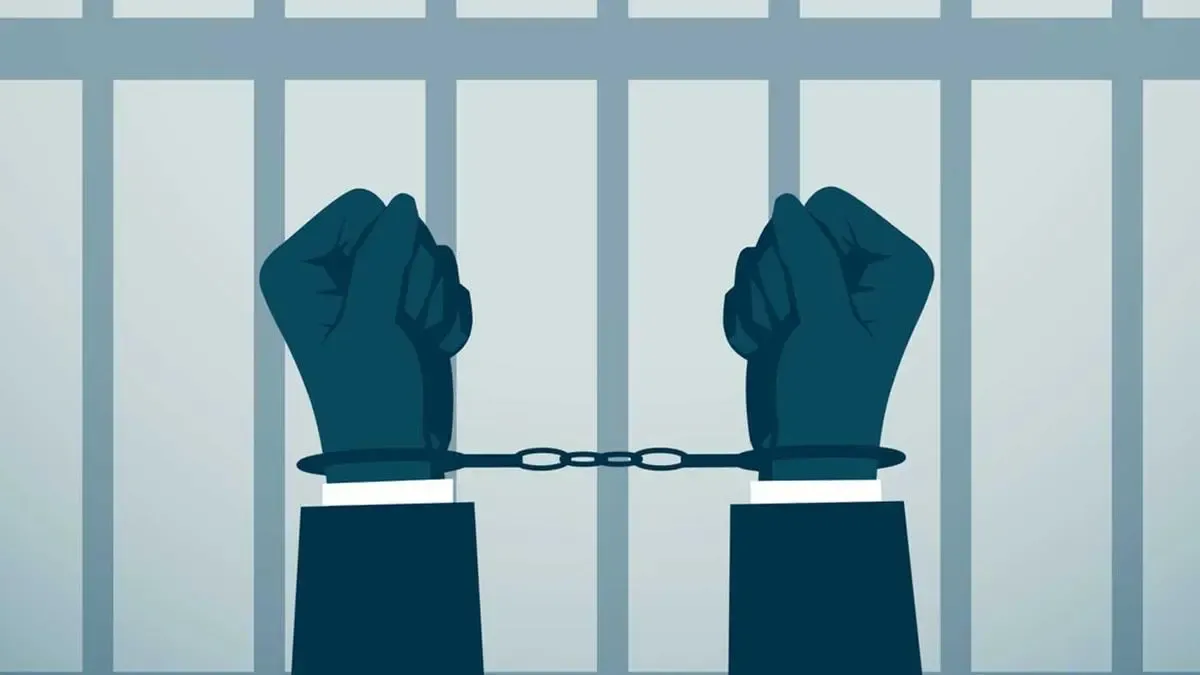What’s in today’s article?
- Why in News?
- Statistics on Overcrowding of Prisons in India
- Key Recommendations in the Report on Prisons in India
- Global Practices and Indian Legal Context on Electronic Monitoring of Prisoners
- Benefits of Electronic Tracking of Prisoners
- Concerns and Safeguards for Electronic Tracking of Prisoners
- Conclusion
Why in News?
- India’s prison system faces acute challenges, particularly overcrowding, which hinders the efficiency of correctional facilities.
- A recent report by the Supreme Court’s Centre for Research and Planning has proposed using electronic tracking devices to address this issue, marking a potential shift in India’s correctional framework.
Statistics on Overcrowding of Prisons in India:
- As of December 31, 2022, India’s prisons had a 131% occupancy rate with 5,73,220 inmates against a capacity of 4,36,266.
- Undertrial prisoners (UTPs) constitute 75.7% of the total inmate population, amplifying the overcrowding crisis.
Key Recommendations in the Report on Prisons in India:
- The report titled “Prisons in India – Mapping Prison Manuals and Measures for Reformation and Decongestion” was recently released by the President of India.
- It recommends –
- A phased implementation of electronic monitoring for releasing UTPs to ease prison overcrowding.
- The target group in the initial phases will be low and moderate-risk UTPs with good conduct.
- The phased implementation will assess community readiness and the feasibility of electronic tracking for broader use.
Global Practices and Indian Legal Context on Electronic Monitoring of Prisoners:
- International adoption: Countries like the US, UK, Canada, Malaysia, and Australia employ electronic tracking to alleviate prison congestion effectively.
- Indian legislative framework:
- Model Prisons and Correctional Services Act, 2023: Introduced electronic tracking devices as a condition for granting prison leave.
- Law Commission of India’s 2017 Report: Recognised the cost-saving and security benefits of electronic tagging while emphasising caution.
- Judicial developments:
- Courts have imposed location-tracking as bail conditions in select cases.
- The Supreme Court recently disapproved of constant surveillance of bailed individuals, underscoring the need for clear guidelines to balance security and privacy.
Benefits of Electronic Tracking of Prisoners:
- Prison decongestion: Reduces inmate numbers while maintaining oversight.
- Mental health benefits: Improves family contact and reduces stress from isolation.
- Cost-effectiveness: Cuts expenses associated with maintaining high incarceration rates.
- Rehabilitation incentives: Encourages good conduct by linking it with parole or furlough opportunities.
Concerns and Safeguards for Electronic Tracking of Prisoners:
- Risks of misuse:
- Universal application could lead to misuse, infringing on civil liberties.
- Potential operational challenges in ensuring equitable implementation.
- Recommendations for ethical use:
- Clear guidelines for implementation to prevent undue violation of prisoners’ rights.
- Strict safeguards to protect against misuse while achieving the goal of decongestion.
Conclusion:
- Though experts praise tracking devices for easing prison burdens and mitigating mental stress among prisoners, they also warn against universal application, citing risks of misuse and ineffectiveness in some cases.
- The use of electronic tracking devices presents a promising solution to India’s prison overcrowding crisis.
- However, its success hinges on a cautious and well-regulated approach that balances technological benefits with respect for individual rights.
Q.1. What is Article 20 of the Indian Constitution?
Article 20 of the Indian Constitution safeguards certain rights in criminal proceedings. It provides protection against self-incrimination, double jeopardy, and retrospective punishment.
Q.2. Why was the Justice Roy Committee constituted?
Established in 2018 by the Supreme Court, the Justice Roy committee recommendations included establishing fast-track courts for minor offenses that have been pending for more than five years, etc.
Source: Time to unlock electronic tracking technology for undertrial inmates: SC report
Last updated on December, 2025
→ Check out the latest UPSC Syllabus 2026 here.
→ Join Vajiram & Ravi’s Interview Guidance Programme for expert help to crack your final UPSC stage.
→ UPSC Mains Result 2025 is now out.
→ UPSC Notification 2026 is scheduled to be released on January 14, 2026.
→ UPSC Calendar 2026 is released on 15th May, 2025.
→ The UPSC Vacancy 2025 were released 1129, out of which 979 were for UPSC CSE and remaining 150 are for UPSC IFoS.
→ UPSC Prelims 2026 will be conducted on 24th May, 2026 & UPSC Mains 2026 will be conducted on 21st August 2026.
→ The UPSC Selection Process is of 3 stages-Prelims, Mains and Interview.
→ UPSC Result 2024 is released with latest UPSC Marksheet 2024. Check Now!
→ UPSC Prelims Result 2025 is out now for the CSE held on 25 May 2025.
→ UPSC Toppers List 2024 is released now. Shakti Dubey is UPSC AIR 1 2024 Topper.
→ UPSC Prelims Question Paper 2025 and Unofficial Prelims Answer Key 2025 are available now.
→ UPSC Mains Question Paper 2025 is out for Essay, GS 1, 2, 3 & GS 4.
→ UPSC Mains Indian Language Question Paper 2025 is now out.
→ UPSC Mains Optional Question Paper 2025 is now out.
→ Also check Best IAS Coaching in Delhi


















